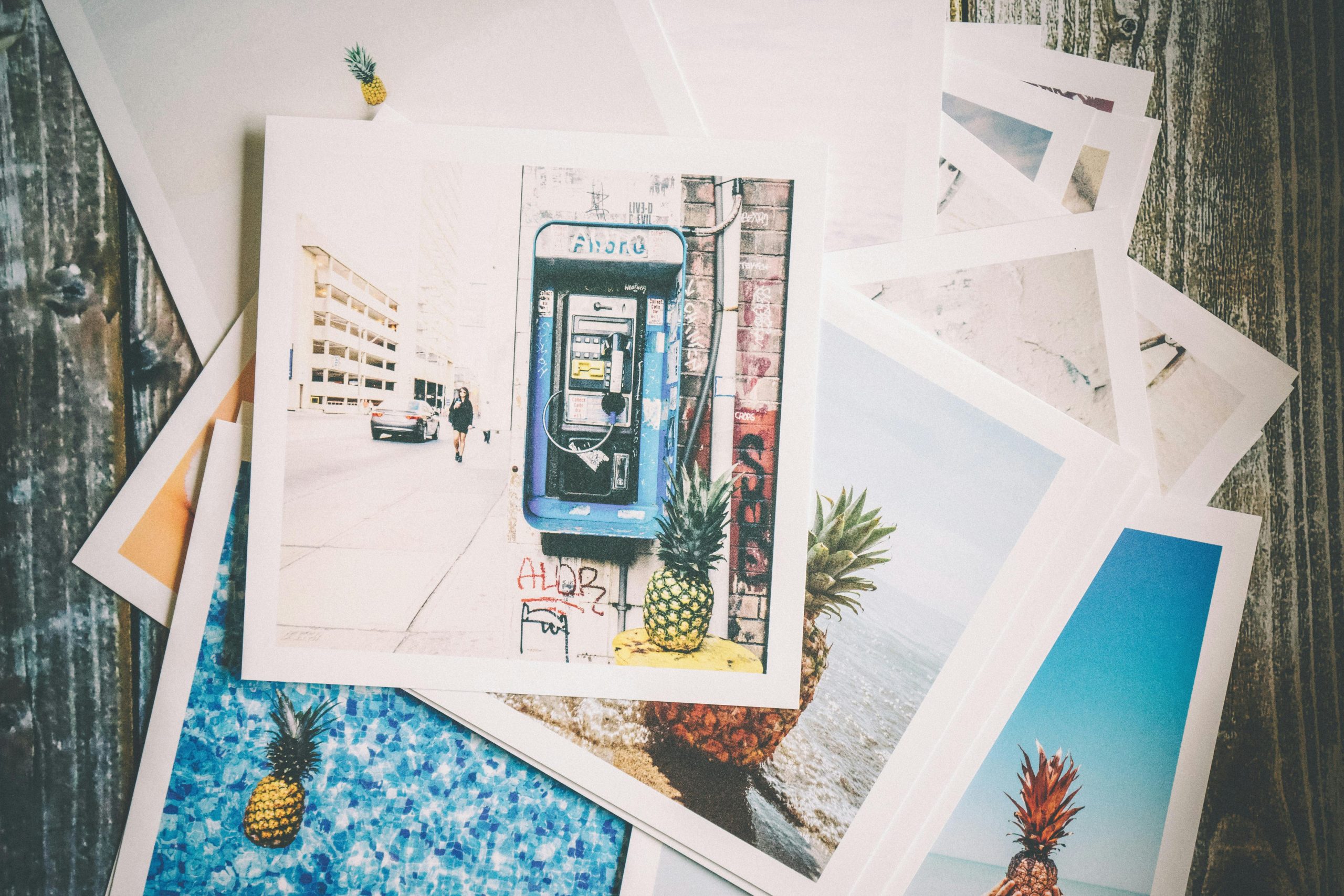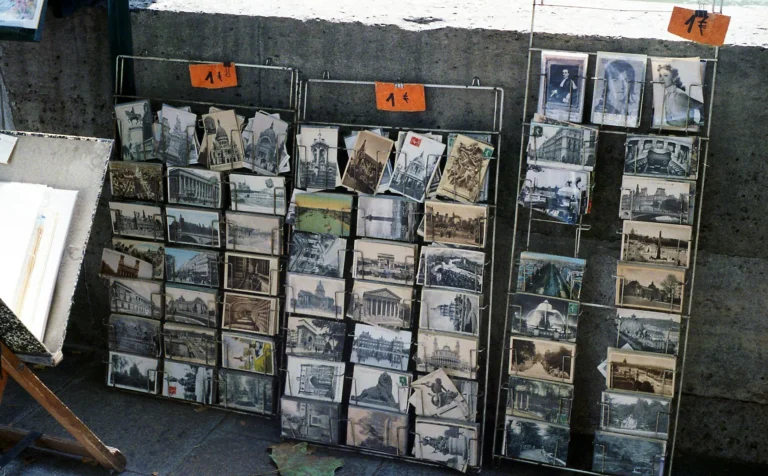In the digital age of instant messaging, Instagram moments, and AI-generated itineraries, there’s a quietly nostalgic movement making its way back into the hearts of American travelers: snail mail tourism. Yes, postcards are back and they’re not just a kitschy souvenir. They’re becoming a meaningful way to document journeys, connect with loved ones, and rediscover the romance of travel.
The Charm of Slowing Down
Snail mail tourism is exactly what it sounds like: using the traditional postal service as part of the travel experience. Rather than uploading a selfie to social media, more travelers especially millennials and Gen Zers who crave authentic connection are taking time to pen handwritten postcards. The tactile experience of writing a message, finding the perfect local stamp, and dropping it into a quaint foreign mailbox is a kind of meditative pause in an otherwise fast-paced travel itinerary.
In a world of instant everything, snail mail is a slow, deliberate gesture and that’s precisely its appeal.
Postcard Collecting as a Travel Ritual
For some American tourists, sending postcards has become a ritual. They write to themselves as a form of travel journaling, documenting their thoughts and feelings from a moment in time. Others keep a list of friends and family they always write to — a rotating address book of travel correspondents. And still others hunt for unique or vintage postcards to frame, scrapbook, or swap with fellow collectors through postcard exchange platforms.
Postcrossing.com, a global postcard exchange project, has seen a resurgence in U.S. participation since the pandemic, as Americans look for ways to feel globally connected — without boarding a plane.
Snail Mail Tourism Hotspots
Certain destinations lend themselves perfectly to postcard tourism. Cities like Paris, Kyoto, and Havana boast charming post offices, historic stamps, and postcard stands with beautiful local artwork. In the U.S., places like Key West’s smallest post office, San Francisco’s vintage card shops, and New York’s Grand Central Station post office have become unexpected pilgrimage spots for postal lovers.
Some boutique travel agencies have even incorporated postcard writing into their itineraries, giving travelers scheduled time to write cards over local coffee or during guided reflection sessions.
Why It’s Making a Comeback
- Tangible Keepsakes: Unlike digital photos buried in your phone gallery, postcards offer a physical memento something you can pin to your fridge, tuck into a book, or keep in a box.
- Digital Fatigue: Many travelers, especially post-pandemic, are actively seeking digital detox experiences. Writing postcards is a tech-free, mindful way to unwind.
- Meaningful Connection: There’s something deeply personal about receiving a handwritten note in the mail. It communicates thoughtfulness in a way emojis can’t.
- Cultural Curiosity: Snail mail tourism can spark interest in local postal systems, stamps, and language encouraging travelers to engage with cultures in a more intimate way.
Tips for the Modern Postcard Traveler
- Bring Addresses: Pack a small address book or digital list of recipients.
- Carry Stamps: Buy local stamps early in your trip — they make great souvenirs too.
- Find Local Post Offices: Ask locals or tour guides about unique or historic postal spots.
- Time It Right: International mail can take weeks, so send early if you want cards to arrive while memories are still fresh.
- Be Creative: Use postcards as journaling tools, or create your own with travel photos and local art.
A Revival with Heart
Snail mail tourism isn’t about shunning technology it’s about enriching the travel experience by embracing tradition. For American travelers longing for something more than filtered photos and rushed texts, postcards offer a way to capture a moment, reflect deeply, and send a little joy across the world.
So, the next time you travel, skip the Wi-Fi (just for a moment), pick up a postcard, and send a slice of your journey the old-fashioned way. You might just spark a new tradition or revive an old one worth keeping.






Leave a Comment